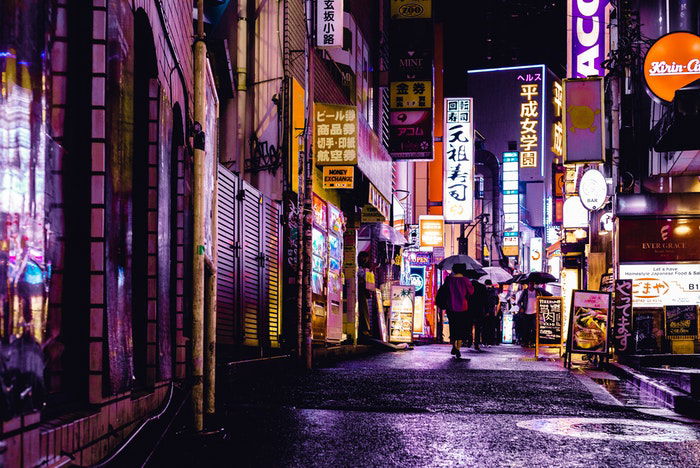The 10-Minute Rule for Street Photographers
The 10-Minute Rule for Street Photographers
Blog Article
The Of Street Photographers
Table of ContentsThe Single Strategy To Use For Street PhotographersAn Unbiased View of Street PhotographersThe Greatest Guide To Street PhotographersUnknown Facts About Street PhotographersThe Ultimate Guide To Street Photographers
Street professional photographers do not necessarily have a social function in mind, yet they choose to separate and catch moments which may or else go unnoticed.He was influenced by numerous of those that influenced the street professional photographers of the 1950s and '60s, he was not chiefly interested in capturing the spirit of the road., that functioned side by side with digital photographers trying to catch the essence of urban life.
While the digital photographers' subject was essentially the very same, the results were substantially different, showing the influence of the digital photographer's intent on the character of the photos he generated.
Getting The Street Photographers To Work
Given the fine top quality of his photos and the breadth of material, engineers and musicians typically acquired Atget's prints to utilize as recommendation for their very own work, though business interests were hardly his main motivation. Instead, he was driven to photograph every last residue of the Paris he enjoyed.

Unlike his peers, Brassa used a larger-format Voigtlnder cam with a much longer direct exposure time, requiring him to be a lot more computed and thoughtful in his practice than he may have been if using a Leica. (It is thought that he may not have been able to pay for a Leica at that time, but he did, nevertheless, make use of one in the late 1950s to take colour pictures.) Brassa's photographs of the Paris abyss lit up by synthetic light were a discovery, and the compilation of the collection that he published, (1933 ), was a major success.

Some Known Details About Street Photographers
It is because of this essential understanding of the art of photo taking that he is typically attributed with finding the medium throughout once more approximately a century considering that its creation. He took photos for even more than a half century and affected generations of professional photographers to trust their eye and intuition in the minute.
These are the concerns I shall try to answer: And after that I'll leave you with my own meaning of street digital photography. Yes, we do. Allow's kick off with specifying what a meaning is: According to it is: "The act of specifying, or of making something precise, distinctive, or clear".
No, most definitely not. The term is both restricting and misinforming. Seems like a street digital photography need to be photos of a roads right?! And all road useful content photographers, with the exception of a little number of outright novices, will fully value that a street is not the crucial component to street photography, and actually if it's a photo of a road with perhaps a few uninteresting individuals doing nothing of passion, that's not street digital photography that's a snapshot of a road.
The Only Guide for Street Photographers
He makes a legitimate point don't you believe? Nevertheless, while I concur with him I'm uncertain "candid public digital photography" will capture on (although I do kind of like the term "honest digital photography") due to the fact that "road photography" has been around for a long time, with many masters' names affixed to it, so I think the term is below to stay.
Inside?! I hear you shout as you shake your fist to the sky. Why not? You can contend the beach, at an event, in a street, in a park, in a piazza, in a coffee shop, at a museum or art gallery, in a metro station, at an event, on a bridge, under a bridge ...
Yes, helpful hints I'm worried we have no choice! Without guidelines we can not have an interpretation, and without a meaning we don't have a genre, and without a category we don't have anything to specify what we do, therefore we are stuck in a "policies interpretation genre" loophole! And no-one desires to get embeded a loophole. - Street Photographers

Report this page